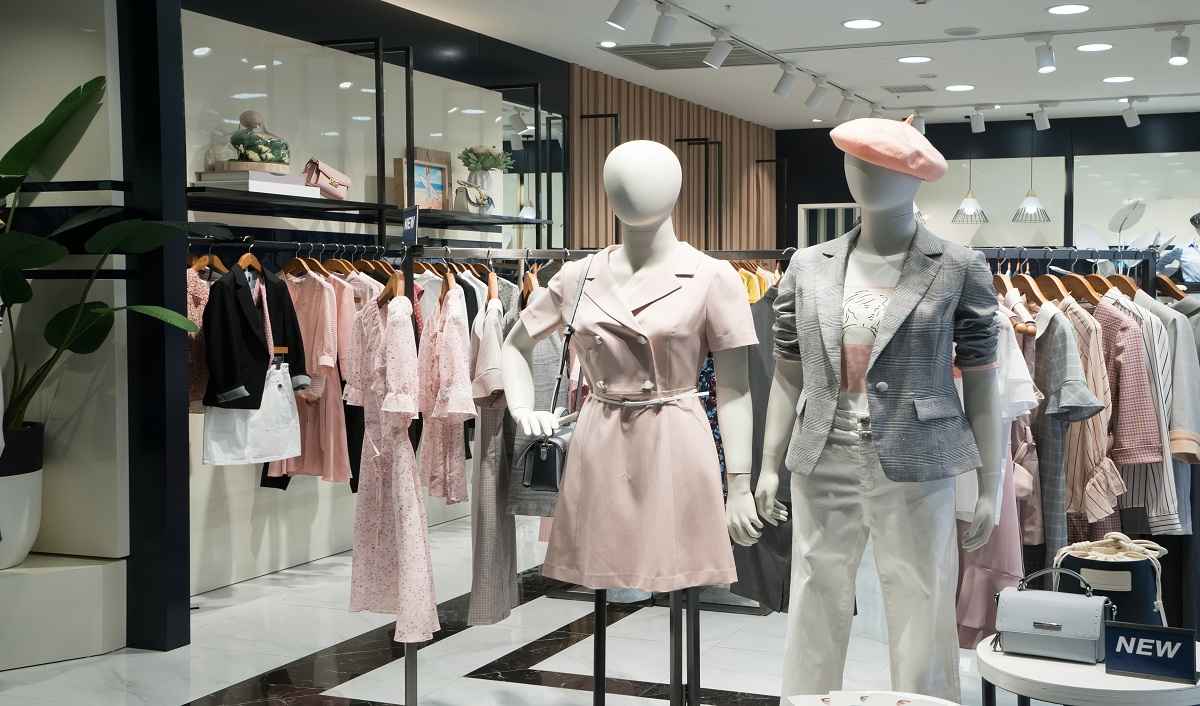Right Size, Right Impact: Personalized fit weaving a sustainable future for fashion

RIGHT SIZE, RIGHT IMPACT: PERSONALIZED FIT WEAVING A SUSTAINABLE FUTURE FOR FASHION
With growing environmental consciousness, the fashion industry, long criticized for its detrimental impact, is looking for new and innovative ways towards sustainability. While conversations often revolve around material innovation and circular economy models, a seemingly simple yet profoundly effective solution is gaining traction: right sizing. The ability to provide consumers with accurate and personalized size recommendations is emerging not just as a tool for increasing customer satisfaction, but as a significant contributor to reducing waste, emissions, and overproduction across the textile value chain.
The convenience of online shopping has undeniably transformed the way we consume fashion. However, this ease comes at an environmental cost, largely due to the staggering rate of returns. According to a 2018 report by Optoro, a reverse logistics technology company, between 15 per cent and 40 per cent of online apparel purchases are returned, with sizing and fit being the primary reasons for these returns. As per a Narvar, 2022 report this reverse logistics process in the US alone generates an estimated 5 billion pounds of waste annually, contributing significantly to carbon emissions through transportation and processing. The Narvar report also indicates that approximately 5.8 billion pounds of returned goods end up in landfills each year in the US, worsening the textile waste crisis.
A direct route to lower emissions
The logic is compelling: fewer returns translate directly into a lower carbon footprint. Each returned item embarks on an additional journey, involving transportation, repackaging, and potentially even disposal. By implementing technologies that significantly improve size accuracy, brands can drastically reduce these unnecessary shipments. Imagine a scenario where a consumer, guided by precise body measurements and virtual try-on experiences, confidently selects the perfect size the first time. This not only enhances their shopping experience but also eliminates the environmental burden associated with multiple deliveries and returns.
A 2021 joint report by Quantis (now ERM) and Zalando estimated that returns can generate 0.5 kg of CO₂e per returned item on average. While this figure can vary depending on factors like transportation distance and processing, it highlights the cumulative environmental impact of millions of returns.
Curbing overstock and waste
The impact of right sizing extends far beyond just minimizing returns. The fashion industry grapples with the pervasive issue of overproduction. Driven by the uncertainty of consumer demand and the need to accommodate potential returns, brands often produce significantly more clothing than they ultimately sell. The Ellen MacArthur Foundation estimates that globally, around $500 billion worth of clothing is lost every year due to underutilization and lack of recycling. While not solely attributable to sizing issues, inaccurate size predictions contribute to this overstock, leading to unsold inventory and eventual disposal.
Personalized size recommendations offer a powerful tool to address this inefficiency. By gaining accurate insights into customer measurements and preferences, brands can make more informed decisions about their production runs. This data can help predict the optimal size distribution needed, minimizing the risk of overstocking and the subsequent disposal of unsold inventory.
Table: Impact of accurate sizing on potential waste reduction
Metric | Traditional e-commerce (estimated) | E-commerce with enhanced sizing accuracy (potential) | Potential reduction | |
Size-Related Return Rate | 25% | 10% | 15% | |
Proportion of Returns to Landfill | 25% | 20% (Assuming better resale/recycling of fewer returns) | 5% | |
Potential Reduction in Landfilled Items | - | Significant (Dependent on overall return volume) | - |
Note: The table uses estimated figures based on industry reports and illustrates the potential impact. Actual reductions will vary.
While specific data on environmental impact is often proprietary, online fashion retailer ASOS implemented a ‘Virtual Catwalk’ and ‘See My Fit’ tool to help customers visualize clothing on different body types. While primarily aimed at improving the shopping experience and reducing returns, initiatives like these inherently contribute to sustainability by minimizing the need for bracketing and subsequent returns. Although exact figures on emission reduction aren't available, ASOS reported positive impacts on customer satisfaction and a likely reduction in return rates due to improved size confidence.
Conscious consumption the way to go
The benefits of right sizing influences consumer behaviour as well. The uncertainty around fit often leads to a practice known as ‘bracketing’ where customers purchase multiple sizes of the same item with the intention of returning those that don't fit. This not only contributes to the high return rates but also fosters a less mindful approach to shopping.
By providing accurate size recommendations, brands can empower consumers to shop with greater confidence, reducing the likelihood of bulk ordering and subsequent returns. This encourages more conscious purchasing habits, where each acquisition is considered and less likely to end up as waste.
A 2020 study published in the journal ‘Resources, Conservation and Recycling’ highlighted the environmental burden of online apparel returns, emphasizing the need for solutions that improve fit accuracy to reduce the carbon footprint associated with e-commerce. While the study didn't specifically quantify the impact of personalized sizing, it underscored the environmental imperative of minimizing returns, where accurate sizing plays a crucial role.
Therefore, the potential of right sizing for sustainability is significant, widespread adoption requires continued innovation and collaboration. Advancements in body scanning technology, AI-powered size prediction algorithms, and virtual try-on experiences are crucial. Furthermore, brands need to invest in integrating these technologies seamlessly into their online platforms and educate consumers on their benefits.
By Fashionating World
https://www.fashionatingworld.com/new1-2/right-size-right-impact-personalized-fit-weaving-a-sustainable-future-for-fashion
